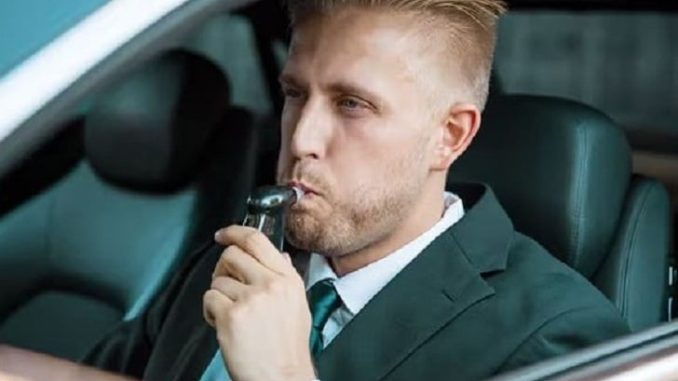
A growing number of states are considering lowering the drunk driving limit from the current standard of 0.08% blood alcohol concentration (BAC). This move aligns with Utah’s decision in 2018 to reduce its legal limit to 0.05%, a change credited with reducing crashes and alcohol-related incidents. Campaigners argue that following Utah’s lead could save lives, while opponents raise concerns about its broader implications.
The Push to Lower the Limit
Utah became the first U.S. state to lower its drunk driving limit to 0.05%, citing evidence that even small amounts of alcohol impair driving. Studies conducted after the change showed fewer crashes and a reduction in alcohol-related fatalities. This success has inspired other states, such as Hawaii and Washington, to propose similar legislation. Hawaii’s state Senate recently passed a bill to lower the limit, which now awaits consideration by the lower house.
Advocates, including organizations like Mothers Against Drunk Driving (MADD), emphasize that the lower limit deters impaired driving by discouraging people from drinking and driving altogether. They argue that a 0.05% BAC standard aligns with international norms, as many European countries have long adopted this threshold. Supporters believe this change represents a cost-effective and impactful way to improve road safety.
Concerns About Overreach
Opponents of lowering the drunk driving limit worry it may criminalize responsible drinkers who consume alcohol moderately. Hawaii’s Office of the Public Defender has voiced opposition, arguing the change would unfairly penalize individuals who limit themselves to one or two drinks over an evening. They maintain that most severe alcohol-related crashes involve drivers with much higher BAC levels, well beyond 0.08%.
Critics also question whether lowering the limit would significantly reduce road fatalities. They argue that enforcement efforts should focus on habitual offenders and those who flagrantly disregard existing laws. The concern is that spreading law enforcement resources too thin could undermine efforts to tackle more serious violations.
Freepik | Opponents of lowering the drunk driving limit worry it may criminalize responsible drinkers who consume alcohol moderately.
The Case for Deterrence
Campaigners counter these arguments by pointing to studies showing that even a BAC between 0.05% and 0.079% increases the likelihood of fatal crashes. The National Highway Traffic Safety Administration (NHTSA) found a measurable decline in crashes in Utah after its implementation of the 0.05% limit. Advocates like MADD emphasize the deterrent effect, stating that the lower limit encourages individuals to plan ahead and seek alternatives to driving after drinking.
MADD has faced similar resistance in the past when advocating for the 0.08% limit decades ago. Despite initial opposition from the alcohol industry, the standard is now widely accepted. Campaigners see parallels in the push for 0.05% and remain confident about its potential to improve safety.
Legislative Challenges
Efforts to lower the BAC limit face significant hurdles in state legislatures. While Hawaii’s proposed bill has gained traction, it has stalled in previous years. Similarly, a bill in Washington state remains in committee without a vote scheduled. Advocates say that motivating lawmakers to prioritize such measures is often a challenge despite growing grassroots support.
States like New York and Connecticut are also exploring the possibility of adopting the 0.05% limit. Campaigners hope these efforts will build momentum for broader adoption across the country. They argue that a unified approach would send a clear message about the dangers of impaired driving and reinforce the importance of public safety.
The post Will America Follow Utah in Changing Its Drunk Driving Limit? appeared first on Cash Roadster.
